Having been worked as an ICT Expert to the multi-donor supported MoFALD/LGCDP program for the Government of Nepal from the UNDP/UNV side, it was a great experience to contribute to e-Governance in the country. Precisely, realizing e-Governance systems at local government level was a daunting task in states where technical human sources lacked. That’s a matter of discussion or a blog post for later, in this article I’m sharing an insight of how it looks like to question-answer on e-Governance Expert Position for UNDP/Nepal Government, opinions in e-Governance in Nepal are my personal ones.
The questions and answers presented below are my own personal opinion about e-Governance in Nepal and are presented based on my memory. If you want to check the requirement and job description for “e-Governance cum Reporting Expert”, you can head over to UNDP’s job archive link here.
- Innovative ICT Tools for Municipal Service Delivery
- IM and Reporting System
- e-Governance and its benefits
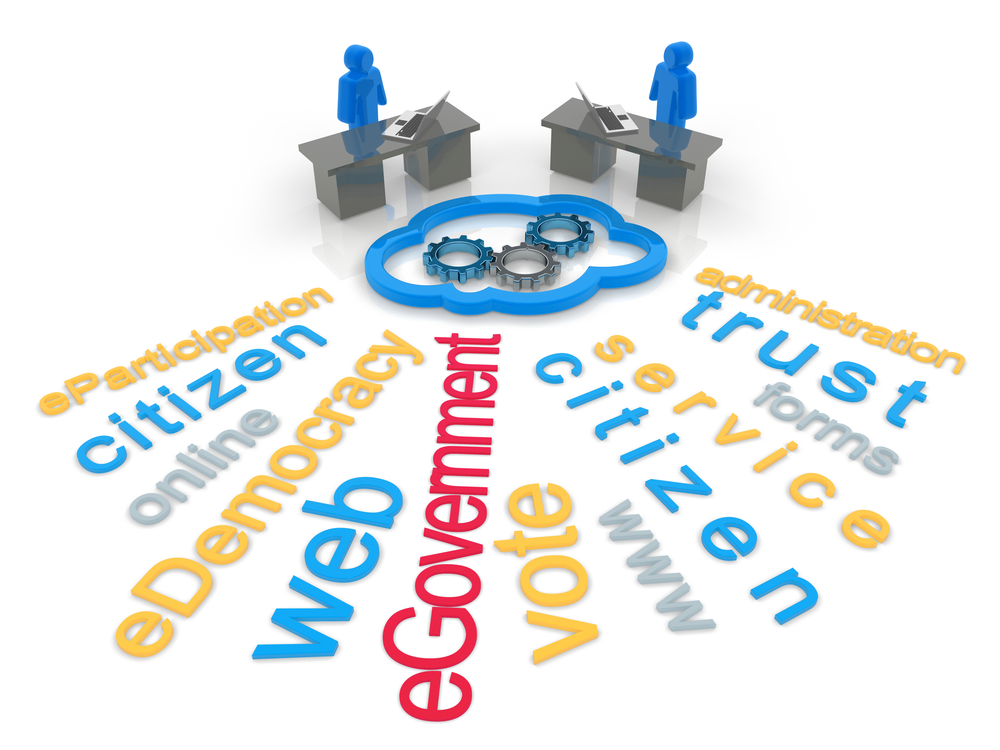
QN: 1 Innovative ICT Tools for Municipal Service Delivery
Nepal has recently gone through a massive restructuring post new constitution promulgation. In the changed context with hundreds of Local Government Units (LGs), it is mandatory that these Units deliver their services efficiently and effectively to all the stakeholders of the local governance (G2X) namely;
i. Government to Government (G2G),
ii. Government to Business (G2B) and
iii. Government to Citizens (G2C)
However, the challenge that the innovation has posed and the technological context that has changed along with the adoption by the citizens and global states has led to the intervention of ICT in these LGs for changing facets of how service is being delivered. In this globally local (glocal) context of distributed citizens, municipalities being the top tier of the local governance should adopt to innovative and latest ICT tool sets that could result in productivity and effectiveness of service delivery – both in the service seeker and the service provider side.
Since the majority of LGs – both the municipalities and the rural municipality (gaunpalikas) – have recently been restructured, this is the right time to deploy ICT tools for attaining a future proof e-Governance. Having said that, the rationale behind achieving an improved ICT Development Index (IDI) and e-Governance rating by the United Nation’s Public Administration (UNPA) should be perceivable by the timely implementation and intervention of ICT tools. Let’s now focus on key innovative ICT tools that should be introduced at the municipal level local governance for the aforementioned objectives:
A) Information System (IS)
One of the most important and must have ICT tools in municipality level is the usage of system for processing information, and Information Systems (IS) fits perfectly the need of municipalities – the supply side and the demand of citizens – the demand side. IS also meet the criteria of Right to Information (RTI) requirement of the central government while still adhering to the policies of global information dissemination practices.
Information Systems include the proper deployment of website (as a public information dissemination system), a citizen charter (electronic and digital version a part from the traditional wall written text), digital notice dissemination systems (apart from the mass communication systems), emergency and disaster early warning systems to the citizens, and systems that require information cum service seekers to supply or share information with the municipal bodies itself. So, IS can server as a two-way door for the stakeholders of the G2X (where X=Government Units, Business Entities, Citizens).
Whatever the form of IS be used, we should devise systems that help municipalities get the following 4 categories of useful information that result in better ICT implementation and e-Governance;
i) Descriptive Information: what information the IS is delivering to the LGs;
ii) Diagnostic Information: what information the IS is alerting the LGs to take care of and improve or address the systems shortcomings;
iii) Predictive Information: what information the IS generated helps LGs in Decision making and further planning processes;
iv) Prescriptive Information: what information the IS prescribes for LGs in similar approach to service delivery.
Any IS that applies compliance to these four modules and varieties, help municipalities with effective Information Systems and hence the service delivery.
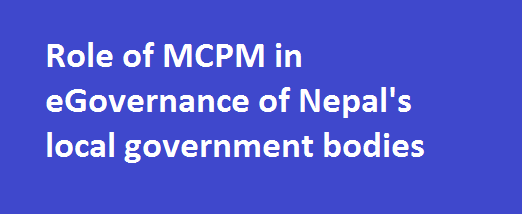
B) Management Information Systems (MIS)
A proper MIS should be established at each of the LGs, this system can either be deployed at the central or the provincial level, or each LGs can have their own standalone version. The deployment strategy maybe an issue of discussion but what matters most is how efficient the system deployment becomes at each of LGs.
Both version of MIS, namely Database Management System (that is useful for retaining information transactions, finance and accounting, personnel management and public information dissemination) and Model based Management System (that is useful in defining what models of information system implementation should be used like budgetary, planning, monitoring and reporting) should be retained for a good Decision Support System (DSS). Such systems then can manage information at the enterprise (or organizational) level – giving the benefits of easy access to municipal data when and where required by the staff personnel and the decision makers of the government units.
In MIS, it is mandatory that Municipal ICT tools include ERPs (Enterprise Resource Planning) applications so that issues of scattered software application that we have seen with previous Local Bodies (LBs) can be addresses, but the one door policy of a single software usage for multiple requirement can be handled. This results in a broader context like what the currently planned MARS (Municipal Administration and Revenue System) application is meant to address ICT needs of the LGs.
C) Connectivity and ICT Logistics
No LGs can initiate systems without a proper connectivity – either local or the Internet based connectivity – for connecting with its G2X stakeholders. All newly established LGs should be connected with a future proof wired connectivity (say an Optical Fiber) and where not possible with a high beam wireless connection; this will help LG units get connect with their local ward levels either independently or via use of technologies like VPN (Virtual Private Networks.) Once connected, LGs can run single instance of systems interconnected in different geographical locations. This directly results in faster reach of citizens services avoiding distance to commute and to visit headquarters for the same service they would now receive at the ward level.
A part from connectivity, skilled ICT human source is another important tool which is currently lacking in LGs. With positioning of ICT personnel and constantly building their capacity on the IS/MIS used and other governance workflow, the ICT work productivity increases and staffs will be more capable of delivery services efficiently and effectively. Plus the select services can be consumed by citizens without having the need to travel.
D) ICT Collaboration and Knowledge Management (from the lesson learned)
One of the important things that the then local bodies missed to practice at-large was both the horizontal and the vertical knowledge sharing and knowledge management. Even though it might have been practiced, retaining institutional history has been challenged. This lesson should be learned now and hence practice of ICT based Knowledge Management and Collaboration should be emphasized to result in faster growth of municipalities in adoption of ICT tools.
For the basic office or LG level tasks, ICT collaborative tools should be used along with the ICT tools available to address the following needs:
i) Reporting and monitoring systems based on ICT tools replacing the paper based mechanism,
ii) Accountability and Grievance handling utilizing the power of social media and websites,
iii) Gender and Social Inclusion (GESI) using ICT based participation,
iv) Project management and planning process using ICT tools in combination with the LGs administrative platform (MIS), and
v) Public participation using all forms of ICT tools for a wide civic engagement.
Once these key innovative ICT tools are introduced in the municipality level, the staff personnel are capacitated, citizens educated about ICT availability at the LGs, service delivery from the local government units achieve efficiency and effectiveness.
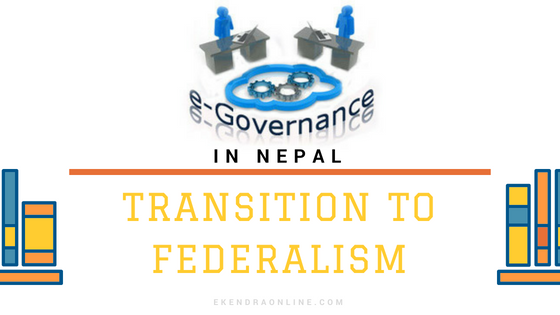
QN: 2 IM and Reporting System in eGovernance
It is vital that all the three tiers of the government – namely central, provincial and the local – get connected to each other via a dedicated information management systems. The information flow in the government systems can be unilateral, bilateral or even multilateral and the information systems should handle this flow properly. If I’m selected for this position, I would take or develop or suggest the following actions and systems with the government management; and deploy them for the best results which is the strong information management and reporting system.
A) Office Automation System (OAS)
Current practice of information management and reporting system in most of the government units is too manual and paper based. With the adoption of a simple information management system, multiple office tasks can be automated and business intelligence can be achieved. Office Automation Systems (OAS) will help all the three tiers of government to autolog, manage and produce their information when and where required.
Thus, most of the office administrative task will be computerized and automated leaving the manual intervention. OAS can either be a part of the larger MIS or a standalone application in the government units. When OAS are connected or fed with the reporting system, they help share the information with the government tiers in the format they require.
B) Collaborative Reporting Systems
When all the three tiers of the government practice ICT for reporting system, collaboration can help them achieve the output in time way less than the manual intervention. Such collaborative platforms should be introduced at all the government levels and mandated for the use. This can be as simple as reporting based on the information generated from the local government level or as advance as creating the budget distribution system from the central or the upper tier government units to the lower. The reports are generated on real time and consequent units informed accordingly.
C) Systems for Reporting and Management
Currently distributed software solutions or say applications have been on practice at the government tiers which gives them much hassle when handling the information that the other unit has requested for. This include the information compatibility issues and the amount of information variables required. To address this, the revised and improved version of the following systems should be adopted:
i) Web-based Reporting System (WBRS): Available at wbrs.gov.np – this system should address to tie up all forms of the governments not only the district level directly to the line ministry only.
ii) District Planning Monitoring and Analysis System (DPMAS): As the name tells, this system is limited to the district alone, hence this should be revised to tie up with the inter-governmental systems since the usefulness of this system lie directly in project planning monitoring from which the analysis is drawn for further decision making roles.
iii) Unified web portals for information collection and management which now exist but only as a Document Archival at most of the LGs. This can be remodeled as per the context and used by each of the government units.
D) IM/MIS
What most of the users fear from adopting a new technology is the perception of the systems designed? To address such issues in information management and reporting system, modular extension of the already existing system can be adopted. If the government is already using the any IM or MIS (which in fact is), such systems should be ported or added with a module dedicated with the IM/reporting features. This should be done with priority if that MIS is compatible for use at all the three tiers of the government.
From the ICT view point, convergence is the best practice and can be achieved in e-Governance’s information management and reporting system as well. While for the piloting, standalone systems for pre-existing systems like WBRS can be used but once its use case has been defined well, test and assured, such modules can be integrated to the upper tier system. This will ensure the compatibility and retain the existing users. Users will stick to the information management and reporting system thus generated. This in fact should be the practice at all the tiers of the government.
E) System Usage
Without compulsory implementation and usage of the system, it is difficult to achieve strong information management and reporting system, thus all the government tiers and units should mandate the usage of the systems prescribed above. Using the power of ICT, technologies like single-sign-on (SSO) that encourages every user to use the system without the need of creating other user credentials should be used so that government users can use a single account to use all the systems deployed.
This will encourage the constant usage and enforced systems at their perusal. Other similar technologies like user authentication, system availability at multiple user platform and devices, mode of operation like online/offline, browser-based/desktop-based and user’s preferred language availability also affect the adoption of the system by users. Hence, such things should at first be studied for user behavior, and User Interface (UI/UX) only then be developed for uses.
The most important thing is to use, to adopt and to commit to process using the systems. Once these steps are taken, we can have a strong information management and reporting systems at all the three tiers of the government through the usage of ICT.
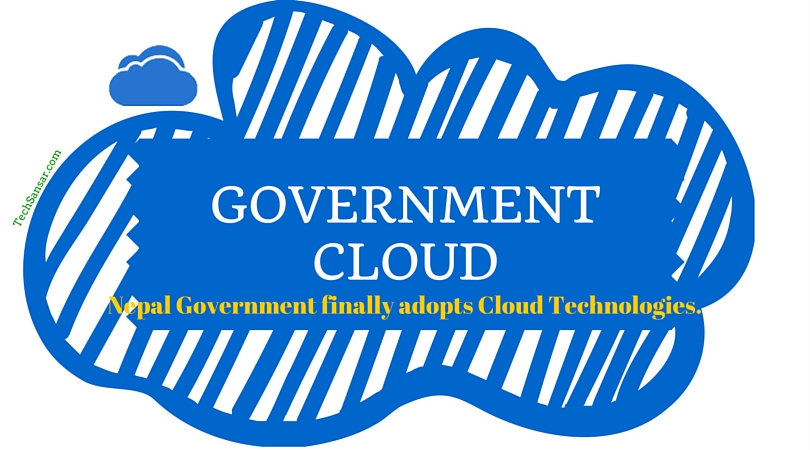
QN: 3 e-Governance and its benefits
The history of e-Governance dates back to a good governance through the use of Information and Communication Technologies (ICT), there forth, it is often related to ICT4D with the development context. e-Governance is the outcome and e-Government is the output of the process in which government services are delivered primarily to its citizens and secondarily to the business entities and other (external) government (G2X) using the power of information and communication technologies. The broader aspect of e-Governance include the usage of ICT at both the service seekers and the service delivery part, meaning a service seeker applying for the citizenship through the usage of ICT tools- for an example and a duty bear using ICT tools to deliver the readied form of the citizenship to the respective service seeker citizen.
e-Government is a direct output resulted due to the intervention of ICT at the government units. However, such intervention should not focus towards only one of the stakeholders but rather at both of them. Budget management communication between two government entities or say a business house paying taxes to the government through an online portal are also an underlying process of e-Government where ICT has been deployed at all ends to deliver service, receive it and commit the responsibilities at each of the stakeholder’s part.
For citizens, e-Governance can result in numerous benefits, namely
- Receiving services from the government units which would otherwise had to been received only from the headquarters;
- Saving of money and time both for the LGs and the citizens;
- Faster workflow and faster service delivery from the LGs and faster receiving at the citizen level;
- Avoidance of geographical boundaries for citizen which would otherwise requires service seekers to be physically be present for the service to receive;
- Taxation and revenue management gone well – citizens can pay taxes and responsibilities; plus manage their assets cum revenue using e-Governance platform;
- Grievance sharing by the citizens and handling of the same by the LGs,
- Civic participation using available ICT resources by the citizens for better government’s responsibilities;
- Accountability addressed by the LGs whenever citizens are engaged; citizen’s queries addresses with downward accountability from the LGs;
- Citizen’s happiness – the degree of happiness and well-being increases at the citizen’s level with the adoption of e-Governance system at multiple LG units from the hospital to education to finance to assets management
In fact, there is no limit to what citizens (and the government itself) can benefit from the proper understanding and deployment of e-Governance at all facets of the Governance. All that is required is to implement and adopt it.
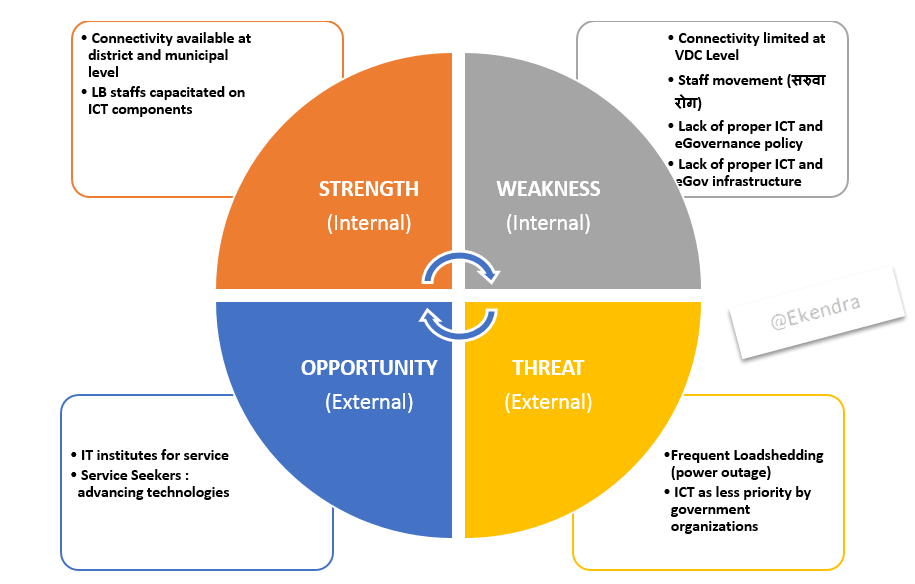
Note: I’m available for consultation in capacity of e-Governance Expert in Nepal or ICT/ICT4D consultation.
To cite this article use the following information:
Ekendra Lamsal (2018, February 14). e-Governance in Nepal Context of federalization: eGovernance Expert QnA. Retrieved February 14, 2018, from https://ekendraonline.com/egovernance/egovernance-expert-nepal/

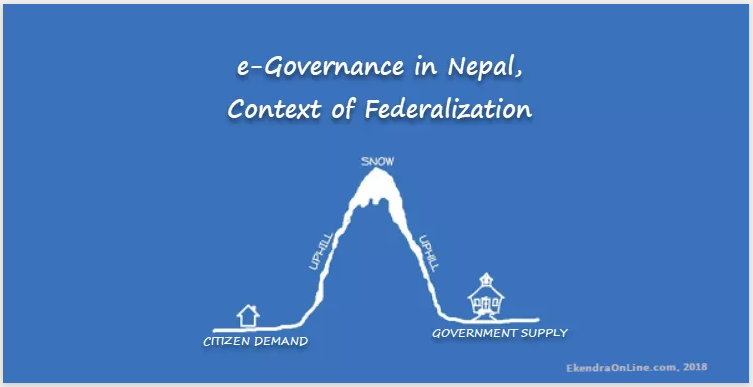
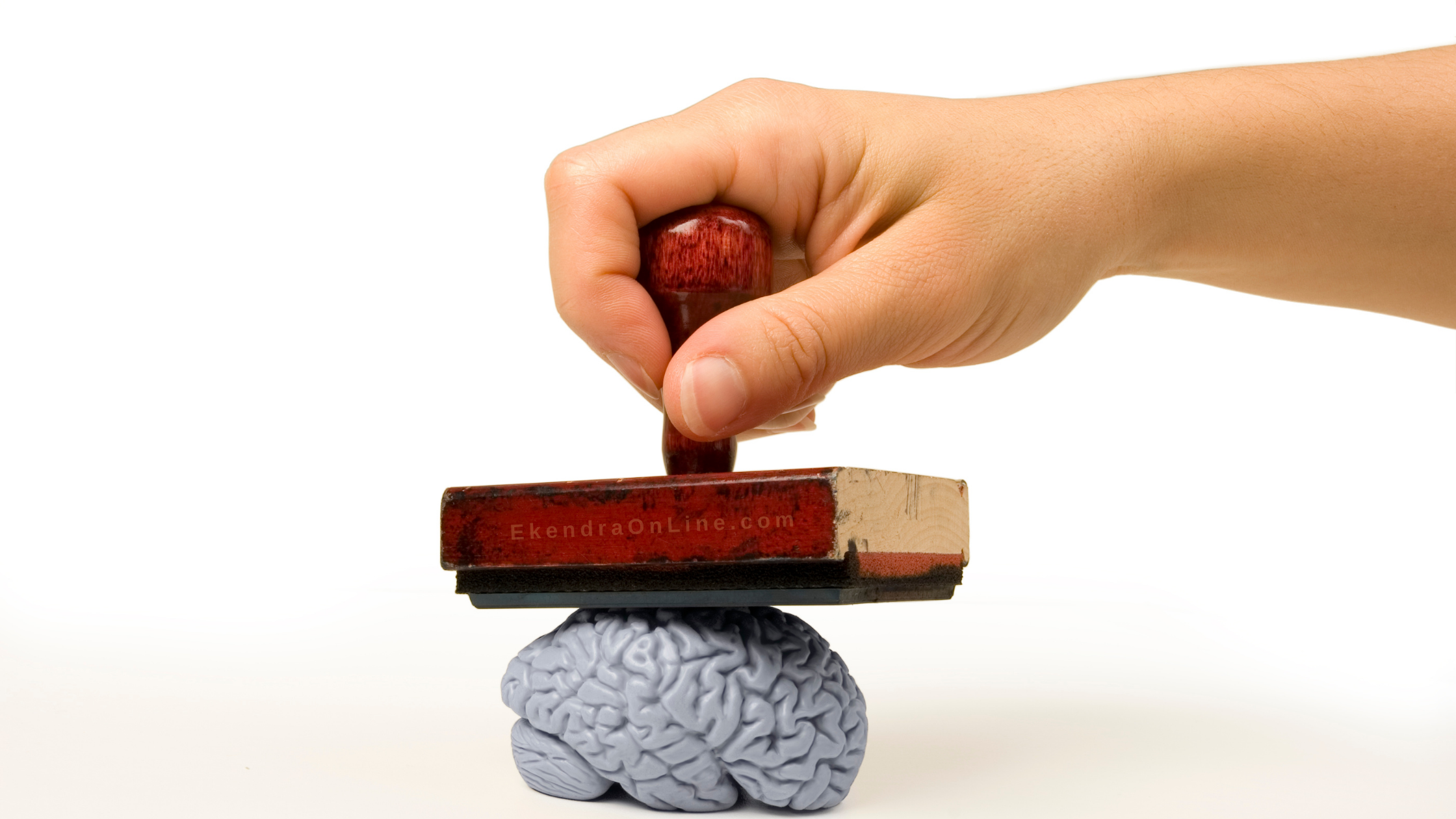
Great Insights about E-governance system at local levels and way forward. Hope to see further articles.
Pingback: Information Technology (IT) and E-Governance Specialist Questions & Answers for UNDP/PLGSP | EkendraOnLine.com
Pingback: e-Governance system in Nepalese context of transition to federalism